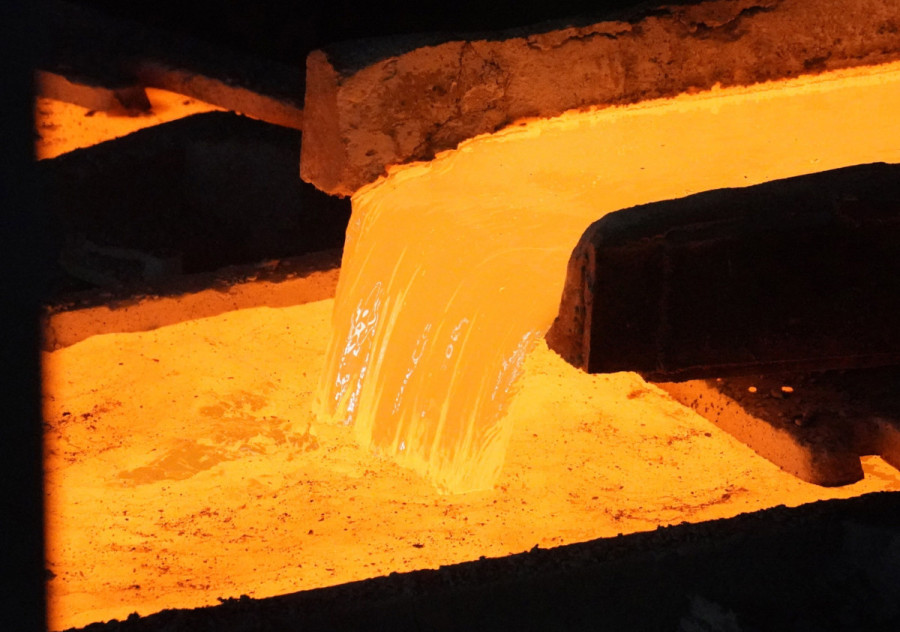Copper prices tumbled after hawkish signals from the Federal Reserve and weak manufacturing data in major economies pushed down demand expectations.
The industrial metal traded below $8,000 per ton on the London Metal Exchange yesterday for the first time since late May, as concerns about higher US interest rates for a longer period prompted a lack of appetite for risk in global financial markets. Concerns were reinforced by an unexpected increase in US job openings, which demonstrated the strength of the labor market.
Higher interest rates will increase pressure on capital-intensive traders and manufacturers, creating an incentive to deplete inventories or unload metal supplies in the spot market to reduce financing costs. Expectations that the Federal Reserve will continue to tighten policy more than other central banks have contributed to the strengthening of the dollar, making commodities more expensive for buyers in other currencies.
Evidence of these trading pressures is evident on the London Metals Exchange, where the spread between cash contracts and three-month futures contracts on Monday reached the widest level since 2000, a sign that spot supply is outstripping demand.
The decline in copper also coincided with a sharp decline in manufacturing activity in major industrial economies. A measure of US factory activity contracted in September, while manufacturing declined mainly across Asia.
There has also been a steady expansion in London Metal Exchange inventories. Mined inventories have been severely constrained in recent years and remain at historically low levels, but the increase is a sign that supply is currently growing ahead of demand in the spot market.









































